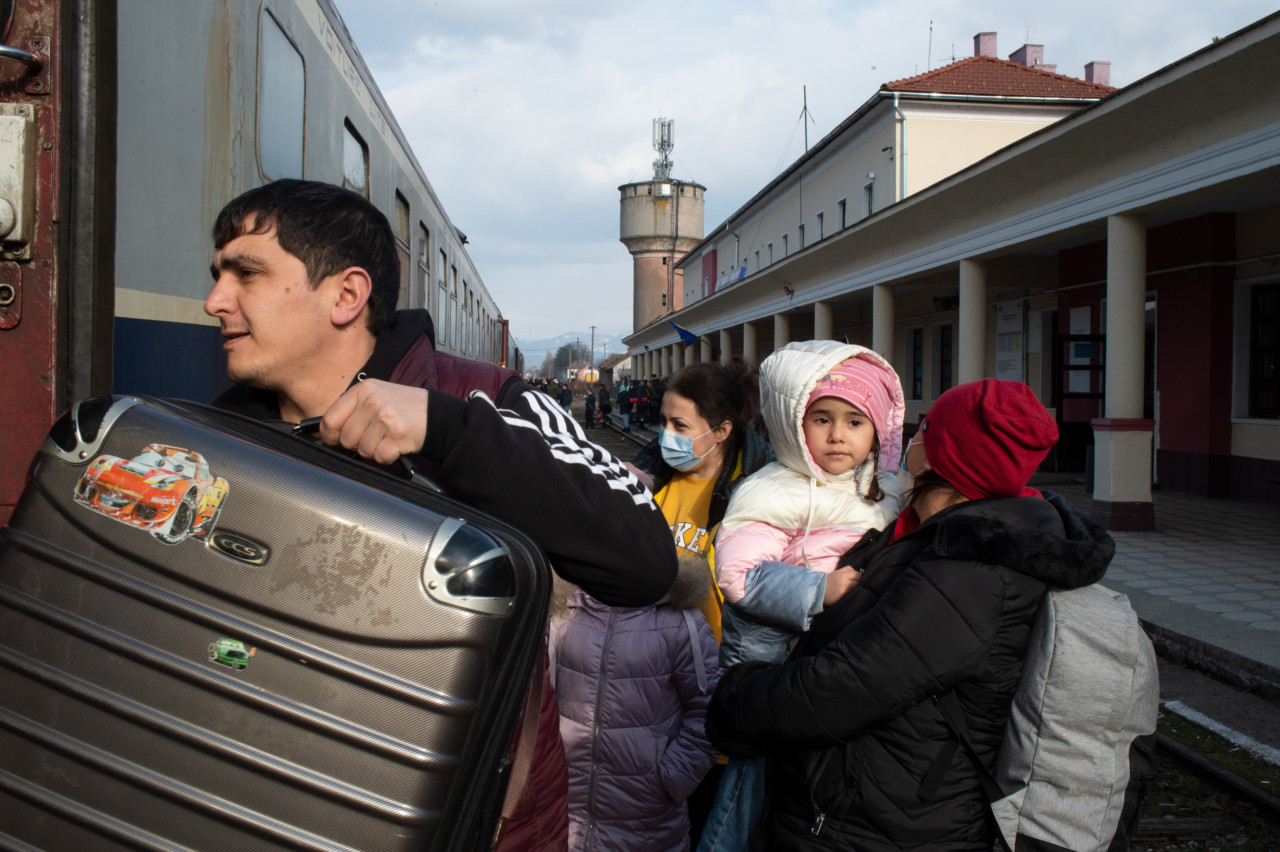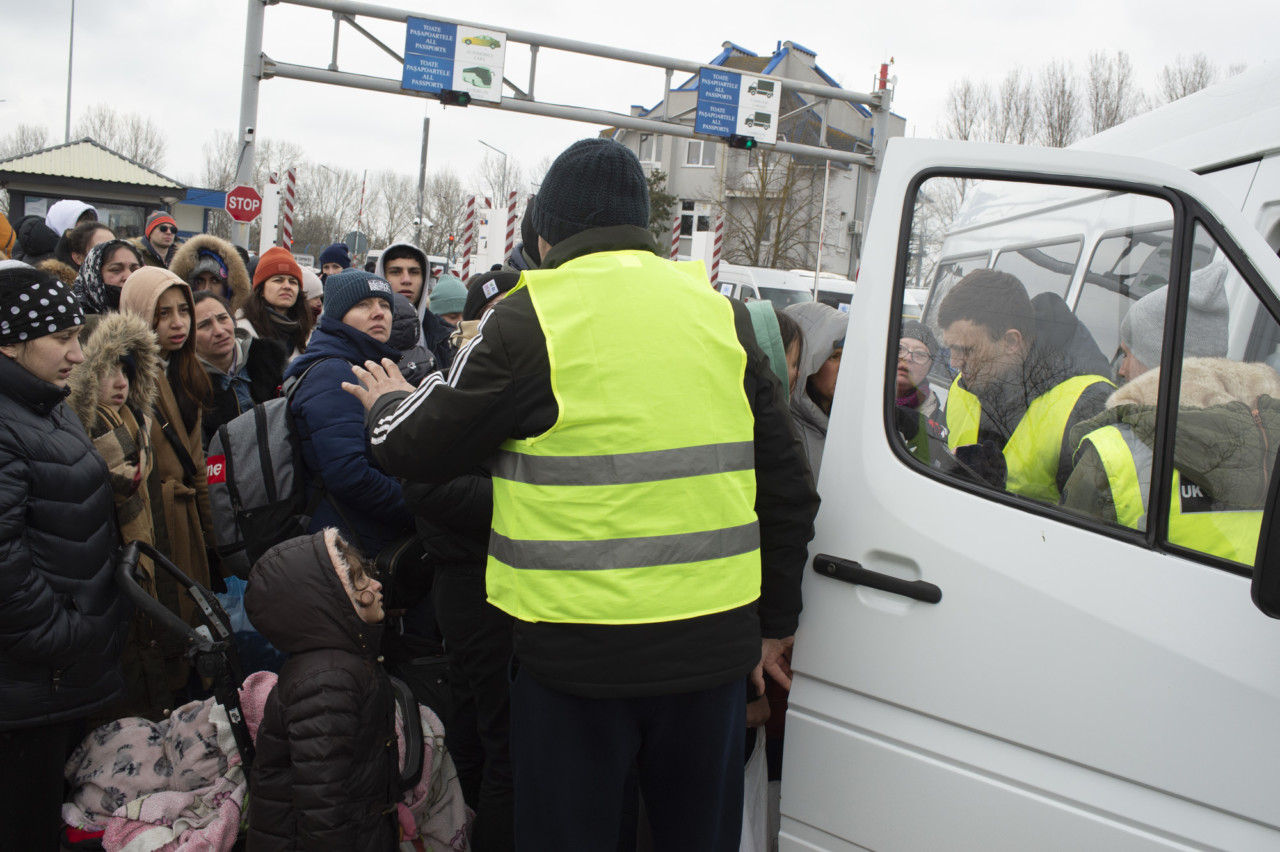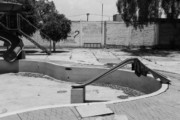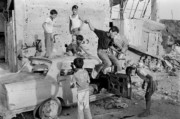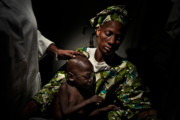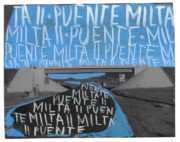Border Story: Russia-Ukraine War
Stuart Franklin reports the stories of fleeing civilians at Ukraine’s borders with Romania and Moldova
Text and photographs by Stuart Franklin
Along the western frontier of Ukraine, at every crossing, and at certain points in between, Ukrainians are fleeing for their lives, pursued by freezing northeasterly blizzards, yet safe from Russia’s bloody expansionist war.
My story begins on March 1st. In Romanian tradition, the first day of Spring is a day when family members present flowers to each other. I had travelled the winding snow-lined Carpathian mountain roads from Cluj-Napoca to the border region of Sighetu Marmatiei. The border between Romania and Ukraine. There, a six-year-old girl, Antonia Tepei, was clutching yellow tulips, each bound with a blue ribbon – the colours of the Ukrainian flag: a welcoming gesture among so many that I witnessed between here and the Black Sea coast. As Antonia handed out her flowers, the exhausted refugees smiled thankfully or wept, whereupon the bold child simply hugged them.
Most of those crossing had said their farewells earlier: in a subway bomb shelter, on a railway platform, or at home. The vast majority were women and children who had left their menfolk behind to fight. But there were exceptions. Yaroslava Burlachenko (29), a professional handball player, was one of the fortunate ones. Her husband Ilgam Abdulnasyhov (30), arriving from Kyiv, was allowed to travel due to his Kyrgyzstani nationality. They had been apart for three weeks when I witnessed their emotional reunion.
Then there were those who refused to be separated. Five members of the combined Zhytnyk and Davydenko families and their two cats, Tom and Martin, spent four nights on Kyiv’s Demiirska subway station as impromptu neighbours. They had never met before. “We are one family now,” states Pauline, a plucky 13-year-old of the Zhytnyk clan. Kids grow up fast in wartime. Hundreds of refugees huddled in warmed tents. Free food, drinks, toys, pet food and blankets are supplied by an army of volunteers, translators, Orthodox priests and NGOs. Border guards frequently portered luggage across the frontier. Many appeared traumatized. I watched Alexandra, a 9-year-old girl who had travelled from Solotvino with her family, hugging a yellow flannel-covered teddy bear for several minutes, as if threatened by its removal, while her younger brother Victor nonchalantly negotiated the contours of donated food bags with his toy truck.
Half a kilometre down the road from the border at Sighetu Marmatiei, refugees were bustling onto the one train headed for Bucharest that day (March 2nd). As crows hovered overhead, they ran over the tracks dragging their belongings and their children in a scene reminiscent of World War Two. It was a very different group of Ukrainians who took up residence in the town’s four-star Gardina Morii hotel. I met Alex for a second time there. At the border, he was waiting in a bulging yellow windbreaker for his wife and mother, en route by car from Kyiv. “I’ve lost a million euros today, at least,” he said. He’d lost his apartment. Any money he had left was carried in banknotes stuffed under his anorak and in his credit cards — enough at least for a few days in a hotel.
"Ukrainians are fleeing for their lives, pursued by freezing northeasterly blizzards, yet safe from Russia’s bloody expansionist war."
-
It was snowing when I finally reached the next border crossing at Siret, and growing dark. The chief border policeman, Ilia Poroch, had given me permission to photograph the bleak brutalist landscape of the border crossing. As neon lights lit the snowflakes, families asked officials where they should go. In a tent in Siret we met Yulia from Kyiv, who was attempting to feed her stressed four-year-old cat, called Sergei.
Crossing the border to Moldova through the lowlands on the edge of Ukraine along the Dniester river basin, the snowy, treeless views of potato fields and black podzolic soil continued, but the roads were rougher, the housing stock poorer, and many of the vehicles of Soviet vintage build. Near the city of Otaci the border is formed by the Podul Prietenia (Friendship) bridge, built in 1957. Suspended over the Dniester river, it connects Otaci to the Ukrainian city of Mohyliv-Podilskyi, an enclave that has changed affiliations nine times since the end of the 16th century. It is remembered as a site of Jewish persecution when it was occupied by the Germans and Romanians between 1941 and 1944. The city has witnessed the transit of many refugees, who have passed the blue domes of its St Nicholas church, a landmark visible from the Romanian side. Today’s Ukrainians were not the first to make this journey.
In an Evangelical church welcome centre in Otaci I listened to the guitar and solemn songs of Anatoli Sabelnikov (70), a retired security guard, who had travelled with his wife and children from the bombed-out Ukrainian city of Kharkiv. He told me that he would never be separated from his guitar: he played to children who surrounded him – reminiscent of Second World War prisoner-violinists. In a local government hostel set up for refugees I met a family of three who had travelled by bus from Kyiv. Pensioners Sergei and Svetlana Sidorov shared a small room of three single beds with Svetlana’s 90-year-old mother Nadia, who was blind. Unlike many who arrived at Ukraine’s borders they had nowhere to go and no plans to leave the safety of the hostel, whose occupants were cooked for by a kindly group of carabinieri. Their kitchen was a towable museum-piece: a Soviet-era wood-burning stove with a chimney.
"Hundreds of refugees huddled in warmed tents. Free food, drinks, toys, pet food and blankets are supplied by an army of volunteers, translators, Orthodox priests and NGOs."
-
Following the border to the south, I reached the frontier at Tudora and Palanca. In both places I received help from the border police in crossing to the Ukrainian side. There long queues of cars awaiting entry to Moldova. Ukrainian soldiers patrolled the road. At Palanca, I saw a trailing line of refugees on foot stretching into the distance. Many were wrapped in blankets against the cold and had walked 10 kilometres from Mayaky on the other side of the Dniester river, a 30-kilometre bus ride from Odesa. Once across the border, they were triaged into two queues: one for buses to Moldova’s capital Chisināu; another for Bucharest. There was little opportunity to shelter from the cold, just one or two small tents. Along the periphery, mixed groups of refugees shivered in line or sat near the border fence, their faces a picture of disappointment.
The border police and officials had overseen the building of a large tented refugee camp set out between Palanca and Tudora, but few opted to stay there despite hot air being pumped into each tent. I met two families who bucked the trend: the Ciuprins (Maria Ciuprin was on the bed right) and the Bitcos (Elena Bitco was on the bed left). They arrived from Lipetske, Ukraine and seemed uncertain where they would end up.
In the morning, on March 6th, it was our turn to cross the border once again, from Moldova back into Romania and to the Danube river crossing to Ukraine at Isaccea. The Romanian fire service had taken on much of the responsibility for the well-being of the refugees who arrived by ferry in batches of about 400, standing beside the cars and buses at the dock. Those that I met in Palanca, Isaccea and on the boat at Poromna Pereprava had fled from towns and cities in the south, many from Odesa. Few took the ferry to Ukraine. Only three foot-passengers joined me in the heated cabin overlooking the squat town on the banks of the Danube. One was Maryna Klymenko who gazed out of the window in tears. She was returning to Kyiv to collect her beloved cat. “Ukrainians love their pets,” replied another passenger to a question I posed about cats. On the Ukrainian side of the Danube, two soldiers, Kalashnikovs slung across their backs, helped the elderly and infirm. One was in tears when she handed a toddler back to its mother. The return journey to Romania was faster: a passenger was suffering with hypothermia and the ever-active fire service wanted her in an ambulance and off to safety.
My final stop in Romania was in the historic city of Constanta, named after the half-sister of the Roman emperor Constantine, the largest port on the Black Sea, its roots deep in histories of conquest (Roman, Byzantine, Ottoman) and exile: the Roman poet Ovid spent his last years there. I had a view over a long stretch of shoreline, like England’s Bournemouth with the addition of snow and tetrapods in place to protect the sandy beach. On my last morning, in the hotel’s restaurant, several uniformed American soldiers were breakfasting. NATO is reinforcing its borders. Déjà vu, I thought. A feeling of apprehension stayed with me, during this moment of a coming war in Europe, as I boarded my flight in Bucharest.


